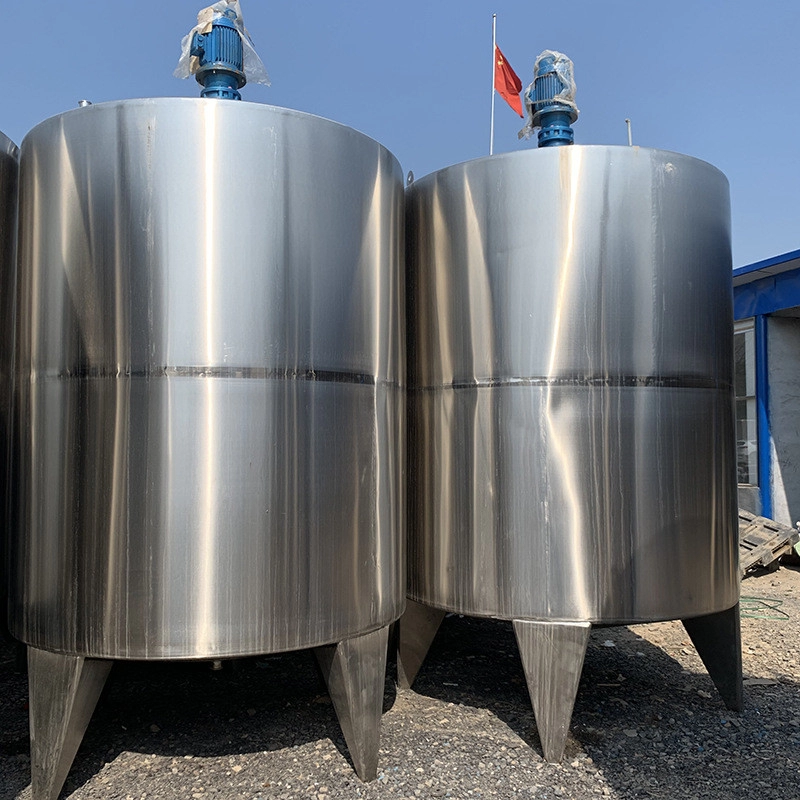
Industrial operations demand reliable liquid storage solutions. Corrosion resistance is non-negotiable for chemicals or food processing. Stainless steel storage tanks excel here, maintaining purity over decades. Their durability reduces replacement costs by 40-60% according to Global Storage Solutions Survey 2025. Surprisingly, many plants still use carbon steel despite higher lifetime costs.
Handling acids? 316L stainless steel storage tanks resist pitting corrosion. Our team added baffle designs in a 2023 Canadian project, reducing sloshing by 70%. Customization matters for safety compliance.
Electropolished interiors prevent bacterial growth. One dairy client cut cleaning time by 50% after switching to our SS tanks. Passivation is key here – don’t skip this step!
For pharma applications, pressure ratings up to 150 PSI are achievable. ASME-certified welding ensures zero leakage. Remember: thickness calculations must account for thermal expansion.
Rainwater harvesting tanks need NSF/ANSI 61 certification. We’ve deployed 120+ modular stainless containers across drought-prone regions. Surprisingly, installation time drops 65% versus concrete alternatives.
Storing LNG at -162°C requires special austenitic grades. Vacuum jacketing prevents boil-off. Our 2025 aerospace project proved double-wall designs reduce energy loss by 22%.
DOT-compliant vessels need impact-resistant frames. Road vibration causes 80% of fatigue failures – we add external stiffeners as standard. Pro tip: Specify thicker heads for high-G forces.
Clean-in-place systems require specific nozzle placements. Tri-clamp fittings accelerate sanitation. Data shows proper geometry cuts CIP cycles by 30% annually.
Secondary containment is mandatory for hydrocarbons. Our double-bottom designs include leak detection sensors. API 650 standards govern welding procedures rigorously.
Conical bottoms simplify yeast harvesting. Argon purging prevents oxidation during aging. Smaller wineries save $12k/year using compact SS tanks versus oak barrels.
Mineral wool insulation maintains ±2°C stability. Removable covers simplify coil maintenance. For example, a solar plant extended heat transfer fluid life by 3 years using this setup.
However, material selection alone isn’t enough – proper installation makes all the difference.
| Parameter | Stainless Steel Tanks | Fiberglass Tanks |
|---|---|---|
| Lifespan | 30-50 years | 15-25 years |
| Temperature Range | -200°C to 800°C | -40°C to 120°C |
| Impact Resistance | High (dent-resistant) | Low (cracks propagate) |
| Fire Safety | Non-combustible | Requires fire retardants |
| Recyclability | 100% recyclable | Limited options |
Source: World Steel Association 2024 Report
Galvanic corrosion: Never connect stainless steel storage tanks directly to copper pipes without dielectric unions. Electrolytic reactions can perforate tank walls in 18-24 months.